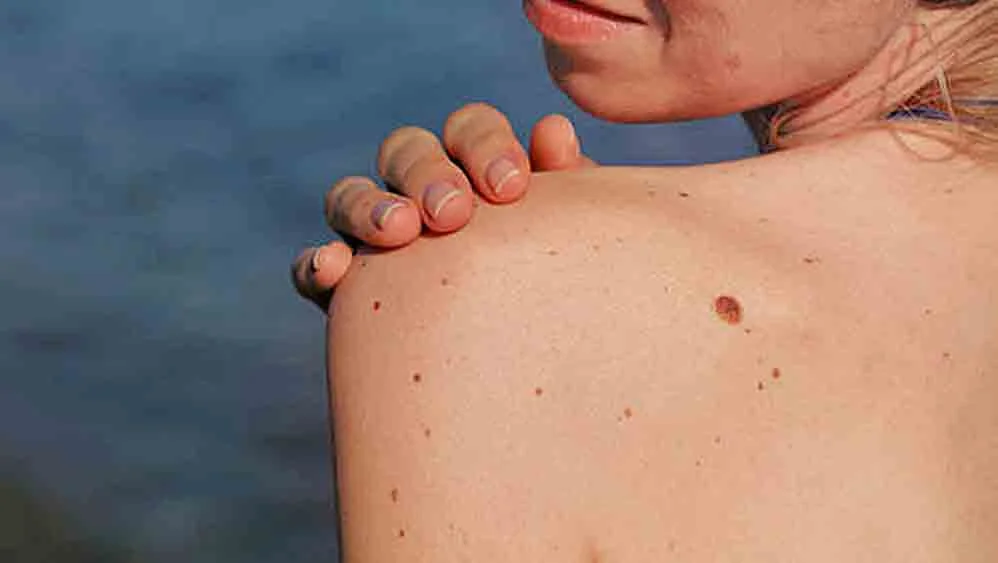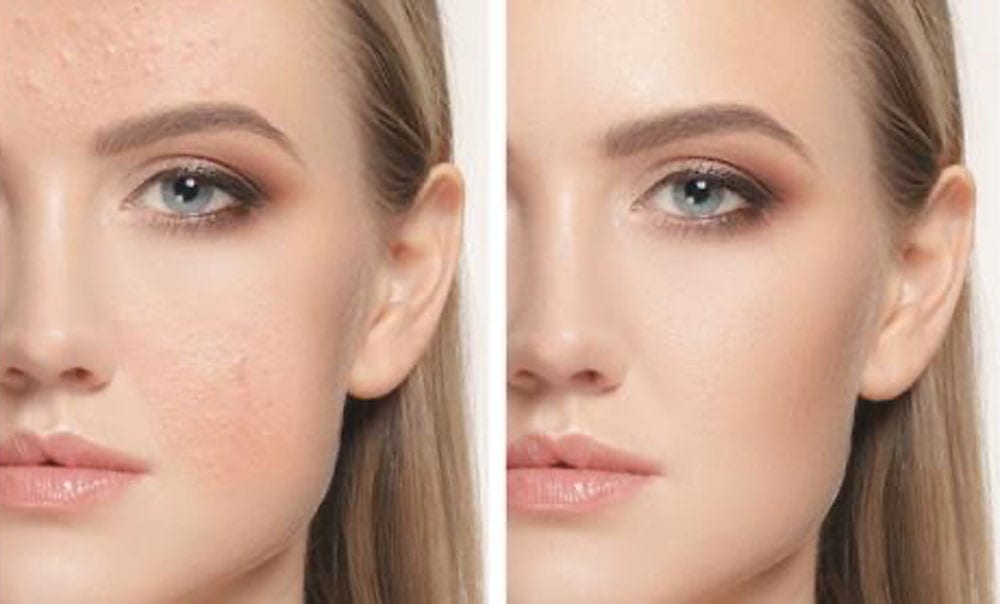Why do moles suddenly appear on the skin? There was a discussion about his Rokmaf and his treatment. Acne is one of the most common skin problems. Although there is no pain or special discomfort in this problem. But the victim only knows how embarrassing this problem can be, even if it seems seemingly innocent. Bigger than that, in general, this skin problem is called mole, but there are differences.
How many types of moles and what are they?
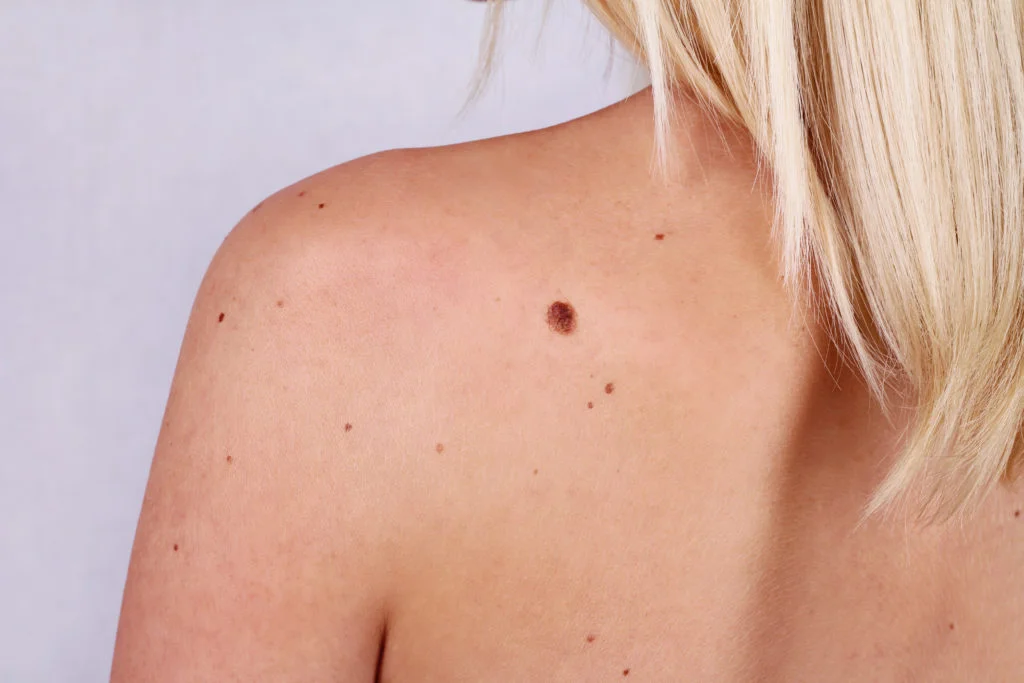
A small type of fleshy growth that suddenly grows on the skin is called a mole. But in all cases, what is the origin of the mole? Let’s find out.
There are four common types of moles. The first type of mole is called an acrochordon or skin tag. The second type is called verruca or warts. The third type of mole is called a mole. In addition, many people have congenital moles. The fourth type is called seborrheic keratosis.
Acrocordon or skin tags:

This mole is the result of friction. A small part of the skin starts to swell by constantly rubbing the skin on the clothes or hard collar.
In medical terms, the collagen, protein fibers, and blood vessels around the epidermis layer of the skin that has become thick or excessively thin as a result of friction are loosely arranged to form moles. This problem occurs when the skin cells relax and expand due to friction in straight Bengal.
There are three types of moles.
Small skin tags: This type of mole is seen on the neck and arms. The size is usually 1 to 2 millimeters.
Medium-sized skin tag: This mole can grow on different parts of the body. Sizes range from 5 millimeters to 2 millimeters.
Large skin tags: These moles stick to the skin with the help of a narrow part called the peduncle. They are mainly found in the lower part of the body. Can be up to a few centimeters in size.
If the skin tags are not so harmful then rubbing on the clothes can often cause bleeding from them.
Veruca or Wart:
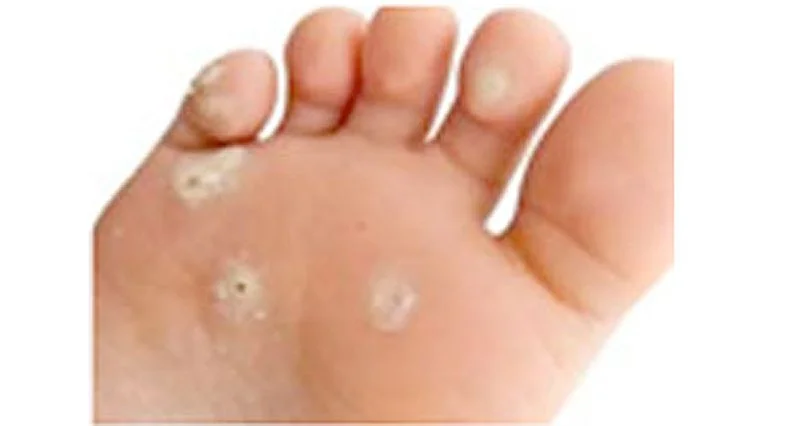
This type of mole is caused by the attack of the human papillomavirus. The first thing to keep in mind in the case of verruca or wart is that it is contagious. So all of a sudden if you see your hands, feet, in some cases facial wart outbreaks.
Understand that you have been infected by someone else. Many times warts can also occur from shoes. There are four types of warts:
Common warts: usually on the hands or fingers.
Plantar wart: occurs on the soles of the feet and under the feet.
Genital wart: It is a kind of sexually transmitted disease. The origin of this mole is unprotected sex.
Flat wart: This mole can be seen on the part of the body that is shaved regularly. This mole can usually develop on the face, forehead, and cheeks.
Congenital moles , sesame and moles

Excessive growth of pigment-forming cells called melanocytes cause moles on the skin. This increase in melanocytes is due to excessive sunlight and genetic factors. The moles are usually dark in color. Many times Rome grows from the pores of the mall. Many times molasses can also be caused by a contagious virus.
Many have congenital moles and moles. Many times they get smaller in size with age. If it continues to increase in size with age, then a doctor’s advice should be taken.
Mole means but not melanoma or skin cancer. Although mole resembles the onset of melanoma or skin cancer, it is important to remember that the growth of melanoma is uncontrolled.
Differences in skin tags, warts, and moles
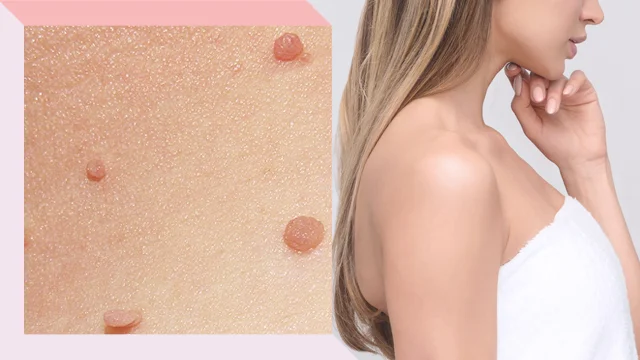
Skin tags do not penetrate deep into the skin. But the spread of warts or moles can be much deeper in the skin.
Skin tags and moles are usually soft, but warts are rough.
The other two are not contagious, but the wart is contagious.
As a result of friction, skin cells become loose and skin tags are created. The origin of warts is human papillomavirus. Excessive sunlight, genetic factors, and congenital origin of moles.
Seborrheic keratosis:
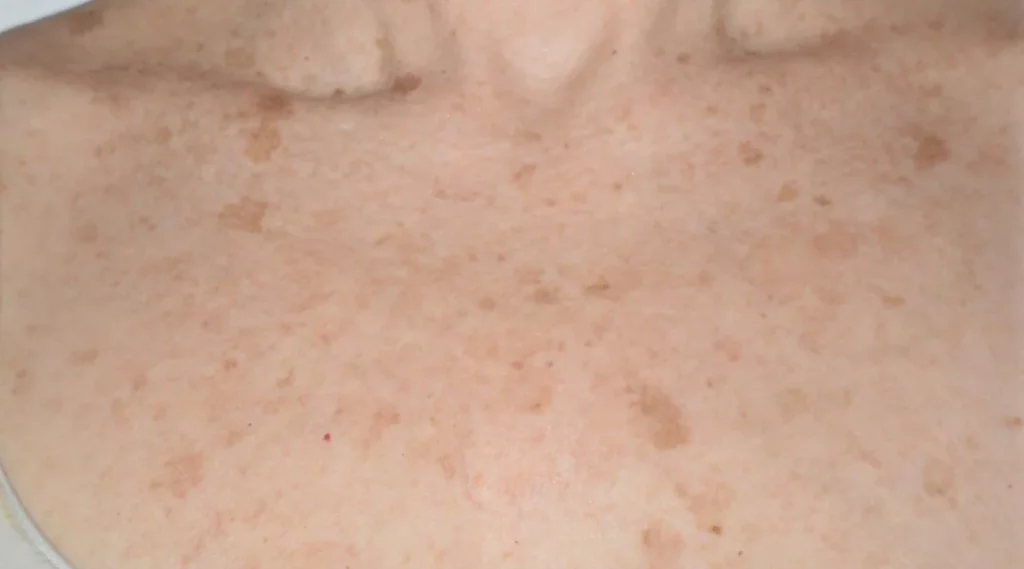
Seborrheic keratosis is a condition in which large cells grow on the face, back, neck, and chest as a result of excess cell growth. It is not contagious or cancerous at all. According to experts, their origin is mainly due to age and genetic reasons. They often have uncomfortable itching.
Whose mole is it?
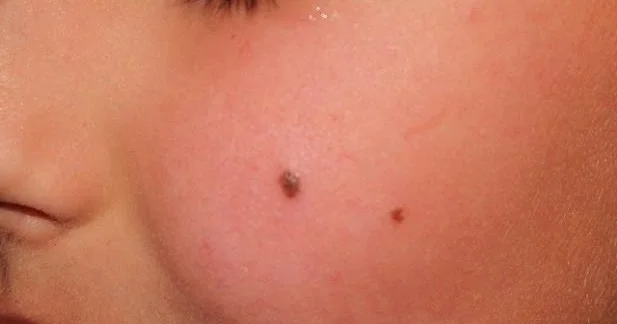
Both men and women are equally prone to moles. However, the rate of wrinkles also increases with age, for example, the tendency to wrinkles is seen more after middle age. It is not uncommon for older people to have a lot of moles.
In addition, those who are overweight and pregnant mothers are more likely to get moles in the second trimester.
Where can there be moles on the body?

Moles can appear anywhere on the body. However, the prevalence of skin tags is mainly on the neck, armpits, under the breasts, and lower body. The origin of warts can be seen in the hands, feet, and lower body. Moles may appear in areas of the body that receive excessive sunlight.
Treatment of moles
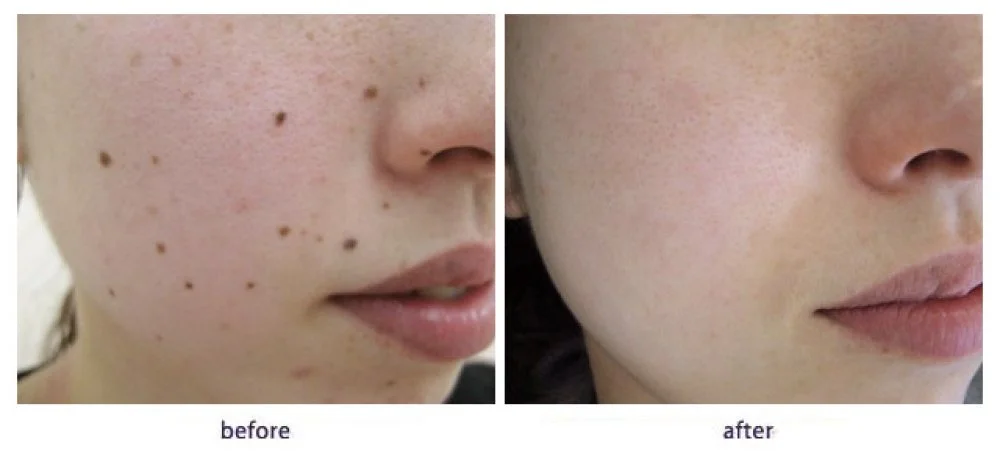
Many people treat acne at home in various ways. There is also talk of tying with a thread, cutting with a blade, using lime, etc. According to doctors, these should not be done at all.
This can cause skin damage. Warts are usually treated with antiviral creams and medications. Laser, radiofrequency surgery, and cryosurgery are used to treat moles. From the condition of the skin, the doctors will tell the patient what treatment is needed.
At present treatment is also possible through telemedicine. In addition, care is needed. You should not go out in the sun without sunscreen and an umbrella. If you take a little care of the skin, you can avoid embarrassment and stay well, what is the harm?

